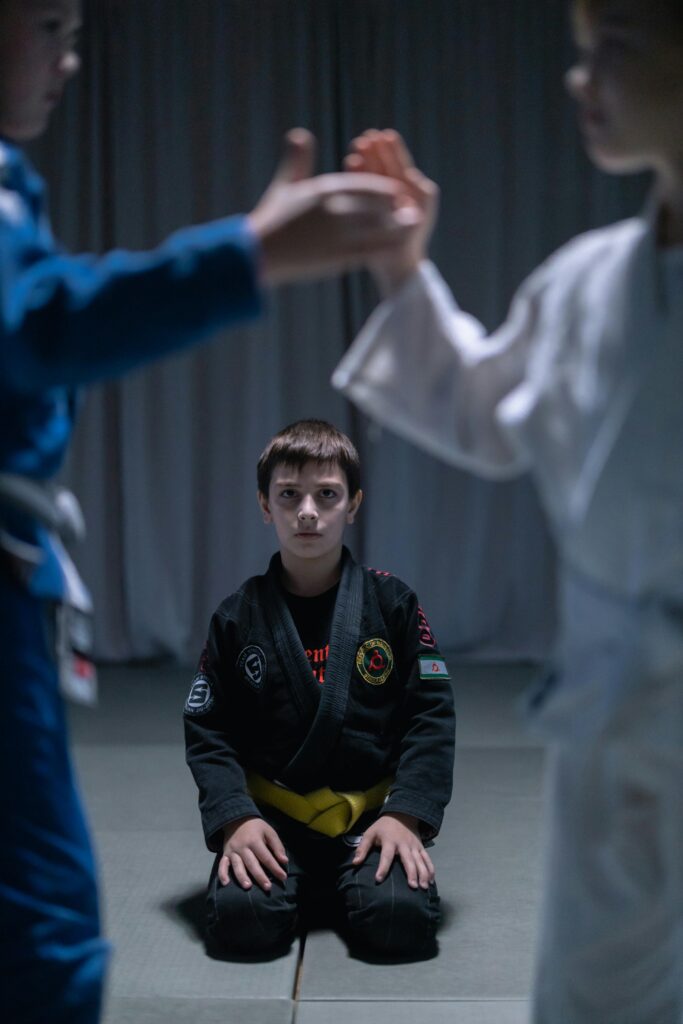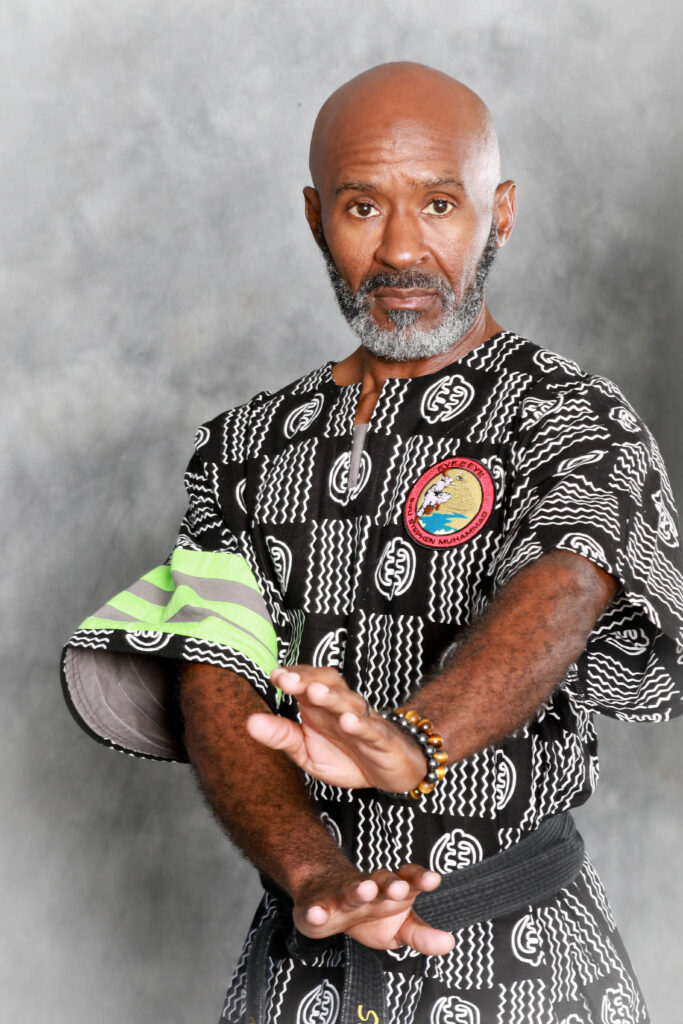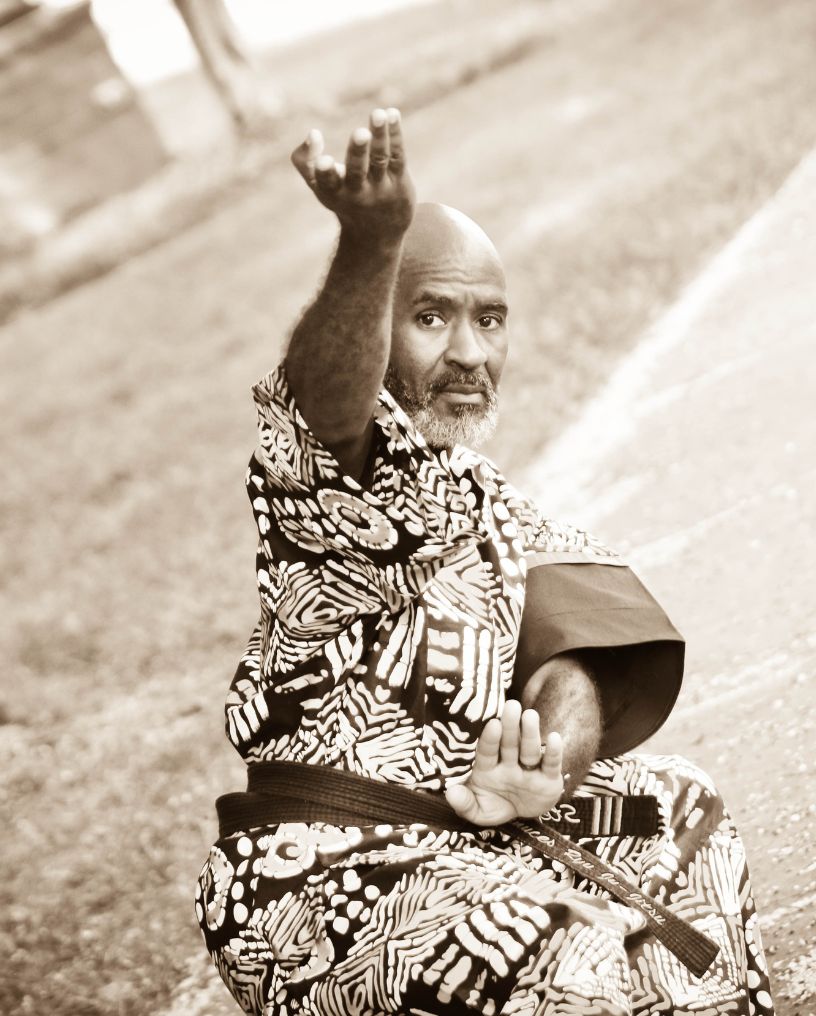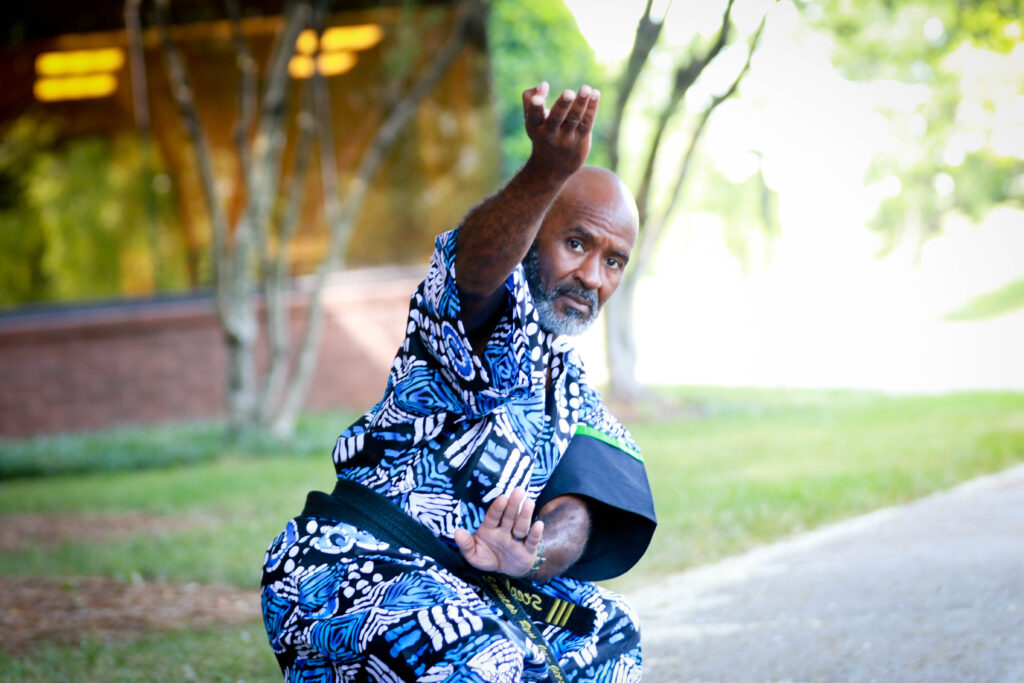Personal safety is something we all value, but knowing how to act when someone crosses a line is critical.
If you’re wondering how to defend yourself from a guy touching you, this guide will give you practical steps to stay in control without becoming overwhelmed by fear.
Learning to protect your personal space can empower you to navigate daily situations with confidence and clarity.
Building Awareness for Personal Safety
Being aware of your surroundings doesn’t have to feel overwhelming or make you anxious. Instead, think of it as a collection of small, intentional habits that give you more control over your safety.
With a little practice, staying aware becomes second nature, helping you feel grounded no matter where you are.
What is Situational Awareness?
Situational awareness is simply paying attention to what’s going on around you. It’s noticing exits when you enter a room, observing who’s near you, or recognizing when something feels off.
You don’t need to be hypervigilant—just attentive enough to notice details that matter.
For example, keeping an eye on the people standing near you in a coffee shop or observing who might be following too closely in a parking lot can provide valuable information.
Habits That Strengthen Awareness
You don’t need advanced techniques to stay safe. Start with these simple habits:
- Keep your phone away in public spaces. Looking at your screen makes you less aware of your environment and more vulnerable.
- Scan your surroundings naturally. You don’t need to stare—just take a mental note of who’s around and where potential exits or obstacles are.
- Trust your instincts. If something feels wrong, don’t rationalize it away. Act on that feeling, whether it’s crossing the street, walking into a store, or seeking help.
Observing Without Overthinking
Awareness isn’t about overanalyzing everything. A relaxed approach works best—glance around casually while running errands or walking to your car. This keeps you engaged without feeling tense.
By making observation a habit, you’ll stay alert while enjoying your day-to-day activities without unnecessary worry.
Establishing Boundaries Effectively
When someone crosses the line, it’s crucial to make your boundaries clear. Confidently setting limits can stop an interaction from escalating and reinforce your sense of control. The key is combining assertive communication with strong non-verbal cues.
Using Assertive Language
What you say—and how you say it—can change the outcome of a situation. Phrases like “Please stop,” “That’s not okay,” or even a firm “No” are direct and effective.
Use a calm, steady tone to show that you mean what you say without appearing panicked. Speaking clearly and confidently can defuse tension and alert others nearby that something is wrong.
Non-Verbal Cues Speak Too
Your body language can say just as much as your words. Standing tall, keeping your shoulders back, and maintaining eye contact signal confidence.
If someone is encroaching on your space, stepping back or raising your hand in a “stop” gesture reinforces your verbal boundary. These cues show that you’re aware and in control.
Preparing for Physical Responses
Sometimes words and body language aren’t enough. In these cases, being ready to act can protect you. Even a basic understanding of self-defense gives you the confidence to take action when needed.
Simple training can teach you how to stay calm, assess the situation, and respond effectively if boundaries are ignored.
Simple Self-Defense Techniques for Close Encounters
Defending yourself doesn’t require years of training. The best techniques are practical, easy to learn, and effective in real-world situations. These simple moves focus on creating opportunities to escape or neutralize threats.
Moves Anyone Can Master
If someone grabs you, quick and decisive actions can break their grip:
- Wrist grabs: Pull your arm toward their thumb. This is the weakest part of their grip and the easiest way to break free.
- Bear hugs: Drop your weight to make it harder for them to lift or control you. Then stomp on their foot or jab your elbow backward to create space for escape.
Turning Everyday Objects Into Tools
You don’t need specialized equipment to protect yourself. Many everyday items can become effective tools:
- Keys: Hold them in your fist with one key sticking out between your fingers to jab at sensitive areas like the eyes or throat.
- Phone: Use it to strike at an attacker’s face or to create a distraction so you can move away.
- Bag or purse: Swing it at their hands, arms, or head. Even the act of holding something heavy like a bag can give you extra leverage.
Focusing on Precision Over Strength
You don’t have to overpower someone to defend yourself. Instead, aim for vulnerable areas like the eyes, nose, or groin, where even light force can cause pain and confusion.
Combine speed with accuracy to create an opening to get away. This approach works regardless of your size or strength, making it effective for anyone.
Staying Confident Without Feeling Paranoid
Confidence is one of the most important tools you can have when it comes to personal safety. When you feel capable, it’s easier to stay calm and think clearly during challenging situations. This isn’t about being fearless—it’s about being ready.
Confidence is built over time, and every small step you take strengthens your ability to handle unexpected encounters.
Building Self-Assurance
Confidence doesn’t come overnight, but consistent practice makes all the difference. Self-defense classes are an excellent way to start. These classes provide a safe and structured environment to learn effective techniques.
If attending a class isn’t an option, you can practice setting verbal boundaries with people you trust. Role-playing situations helps you find the right words and delivery.
The more you repeat these actions, the more they’ll become second nature when you need them. Feeling prepared brings a natural sense of assurance.
Practicing Safely
Running through scenarios in a safe setting is a great way to build both your skills and your confidence.
Practice with someone you trust—this could be a friend or family member. Simulate common situations, like how you’d react if someone grabbed your wrist or approached you too closely.
These exercises help you familiarize yourself with quick responses. They also teach your body to react effectively, making it easier to stay calm if you ever face a real threat.
Balancing Preparedness and Peace
It’s possible to be prepared without constantly worrying about what might happen. Focus on techniques that help you stay grounded, like controlled breathing or mindfulness exercises.
These practices calm your mind, keeping fear from taking over. Being ready for potential challenges while staying relaxed allows you to live confidently without feeling paranoid. Peace and readiness can coexist when you find the right balance.
Finding the Right Training Resources
The right resources can make all the difference in your self-defense journey. Training builds not only your physical skills but also your confidence and mental readiness.
Whether you’re a beginner or looking to refine your abilities, having access to good training is essential.
Benefits of Structured Classes
Self-defense classes are one of the most effective ways to learn practical techniques. These classes focus on real-world scenarios, ensuring you gain skills that are immediately applicable.
They also provide hands-on practice, which is essential for building muscle memory. The supportive environment of a class gives you the chance to learn at your own pace while receiving feedback from experienced instructors.
Structured training isn’t just about learning moves—it’s about gaining the confidence to use them effectively.
Options for Women and Beginners
Specialized programs tailored to women or beginners address specific needs, making them an ideal starting point.
These classes often cover techniques to defend against larger attackers, teaching how to use leverage and strategy over brute strength.
For beginners, the step-by-step approach ensures you’re not overwhelmed. Training in a safe, inclusive environment can help you feel comfortable while building skills and confidence. Seek out programs that prioritize empowerment and accessibility.
Enhancing Skills with Online Resources
While in-person classes are invaluable, online resources can reinforce your training. Look for credible tutorials that break down techniques into simple, actionable steps.
Videos focusing on situational awareness, basic moves, or verbal de-escalation are particularly useful. They let you practice on your own time and revisit material as often as needed.
Combining online resources with hands-on practice ensures you’re always improving, even between classes.
Find Confidence With Practical Self-Defense
Taking charge of your safety begins with simple, practical steps like those we’ve discussed—staying aware, setting boundaries, and learning techniques to protect yourself.
Eye2Eye Combat’s women’s self-defense classes can help you take these skills to the next level. With a focus on empowering women, our programs are designed to build your confidence and give you tools you can rely on in any situation.
Don’t wait—step into a supportive environment that values your safety and growth. Explore Eye2Eye Combat today and discover what it means to feel truly secure.
FAQs
How to stop a guy from touching you?
Start by using your voice confidently. Say something direct like, “Stop. I don’t like that.” Your tone should be firm but not panicked. Step back to create space and use clear body language—stand tall and hold up your hand as a stop signal. This combination of verbal and non-verbal cues often works to deter further behavior.
How to react if a guy touches you?
Reacting depends on the situation, but staying calm is key. If it feels safe, speak up immediately with something like, “Don’t touch me,” while stepping back to distance yourself. If it escalates, be ready to use simple self-defense moves, like breaking their grip or creating an opportunity to leave. The goal is always to prioritize your safety.
What to do when someone touches you inappropriately?
Address it firmly and immediately. Say something like, “That’s not okay. Don’t do that again.” If you feel unsafe, remove yourself from the situation as quickly as possible. Later, consider reporting the incident if it occurred in a public or professional setting. Your comfort and safety should always come first, so trust your instincts.
How can I prepare to defend myself in uncomfortable situations?
Take time to learn simple self-defense techniques that focus on practical, real-world situations. Classes that teach you how to break free from grabs or use everyday objects for protection are a great starting point. Confidence also plays a huge role—practicing in a safe environment can help you feel ready to handle the unexpected.
What’s the best way to avoid physical confrontation in the first place?
Establish clear boundaries early. Use assertive language and confident body language to communicate that you’re not to be crossed. Trust your instincts, and if someone makes you uneasy, try to create distance or leave the area before things escalate. Prevention is always your first line of defense.
How do I stay calm under pressure in a threatening situation?
Staying calm takes practice. Controlled breathing can help—try inhaling slowly through your nose and exhaling through your mouth. Focus on what you can control, like creating space and preparing to act if necessary. Remember, the calmer you are, the quicker and more effective your reactions will be. Practice these skills regularly to make them second nature.





